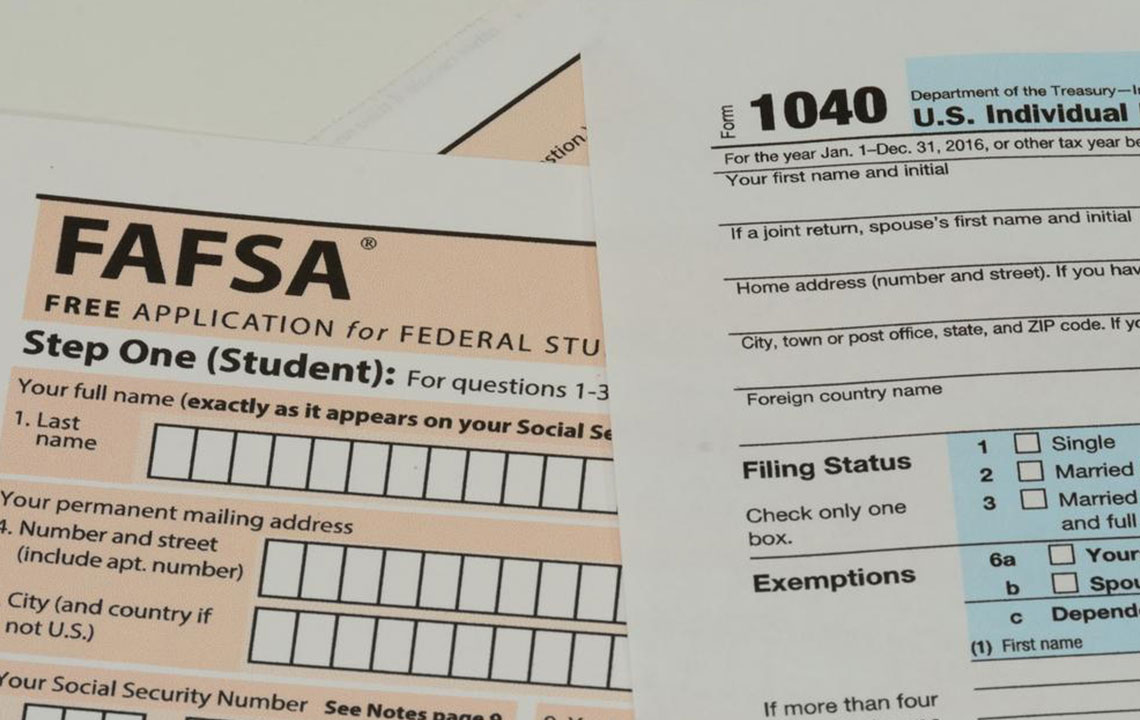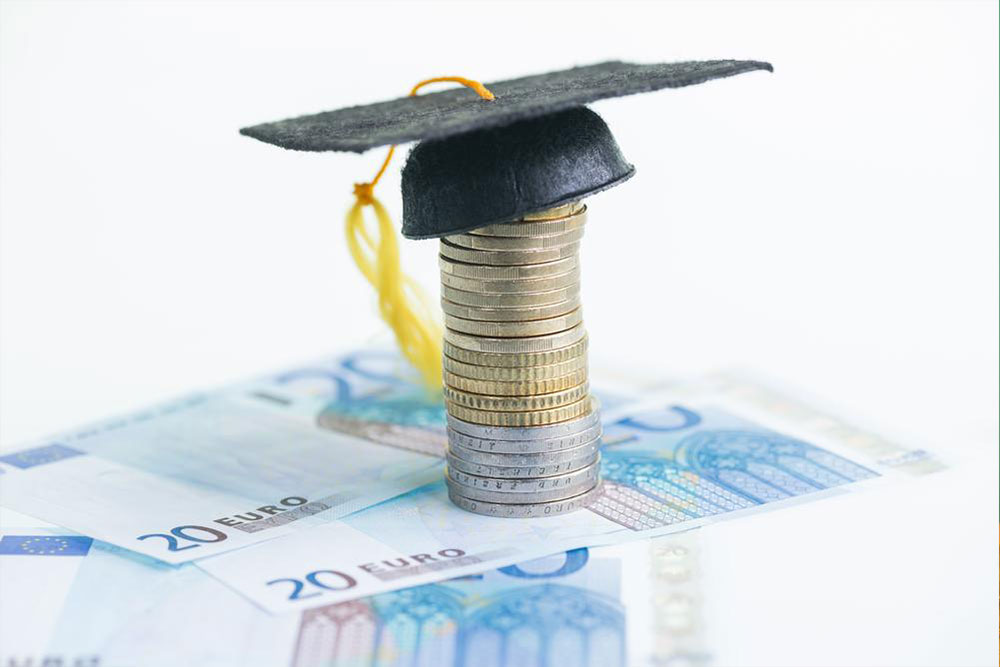A Comprehensive Guide to Student Loans and Forgiveness Programs
This comprehensive guide explores student loans and forgiveness options, helping borrowers understand federal and private loan differences, repayment plans, and how to benefit from forgiveness programmes. Learn how to navigate the complexities of student debt, avoid scams, and choose the best strategies for financial freedom after graduation. Whether you're starting or repaying student loans, this article offers valuable insights to manage and reduce your debt effectively.

Understanding Student Loans and Pathways to Loan Forgiveness
Securing higher education often involves navigating a complex financial landscape, and for many students, taking out loans becomes a necessary step. Student loans serve as a crucial resource to bridge the gap between educational costs and personal finances. However, understanding the different types of loans available, their terms, and repayment plans is essential for managing debt effectively. Additionally, numerous loan forgiveness options can significantly ease the financial burden for borrowers who meet specific criteria, offering a pathway to financial freedom after years of dedicated service or repayment.
Understanding the nuances between federal and private student loans is vital. Federal loans often come with benefits like income-driven repayment options and forgiveness programs, whereas private loans usually have fewer borrower protections. For students without a co-signer, federal loans typically offer easier access and flexible repayment options. Before borrowing, students must carefully review loan terms, interest rates, and repayment conditions to avoid future financial difficulties. Moreover, being aware of available forgiveness programs can make a significant difference in reducing long-term debt.
Loan forgiveness programs are designed to motivate graduates to serve in professions that benefit society, such as education, healthcare, and public service. These programs vary depending on the type of employment and repayment plan chosen. For example, borrowers participating in income-driven repayment plans can qualify for loan cancellation after 20 years for undergraduate loans, and 25 years for graduate loans. Public servants, teachers, and health professionals working in underserved areas often qualify for faster forgiveness, with some programs offering relief after as little as five or ten years of service.
Enrollment in specific repayment plans, such as income-based, income-contingent, or extended repayment, can significantly impact the timeline and criteria for loan forgiveness. Public service loan forgiveness (PSLF) is a prominent example that forgives the remaining balance after ten years of qualifying employment and consistent payments. Additionally, Perkins Loans offer forgiveness opportunities for those engaged in public service roles, with many recipients qualifying after five years of employment. It's crucial for borrowers to understand these options and tailor their repayment strategy accordingly to maximize benefits.
Many students are also unaware that some for-profit entities market loan relief services at exorbitant costs, which can lead to scams or financial exploitation. Therefore, staying informed about government-supported programs and consulting official resources ensures that borrowers access legitimate pathways to reduce their debt. Planning and strategic repayment can help borrowers regain financial stability faster, allowing them to focus on career development and personal goals without the heavy burden of student debt weighing them down.
In summary, navigating student loans requires knowledge of the types of loans available, repayment options, and forgiveness programs that can provide relief. Federal programs are often the most beneficial and accessible for borrowers, especially those committed to public service careers. By understanding these options early and planning accordingly, students and graduates can significantly reduce the long-term impact of student debt and achieve financial independence sooner.





